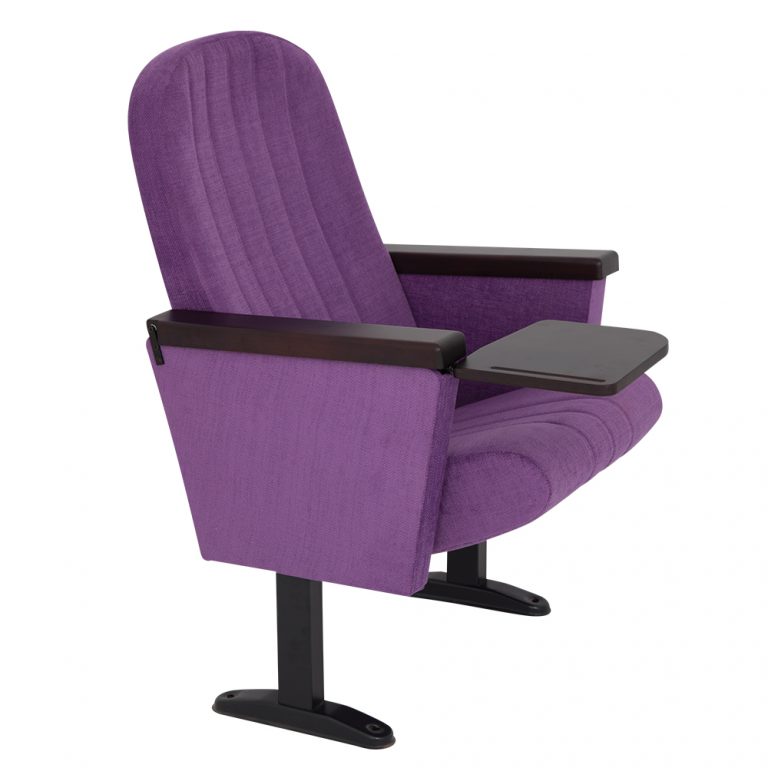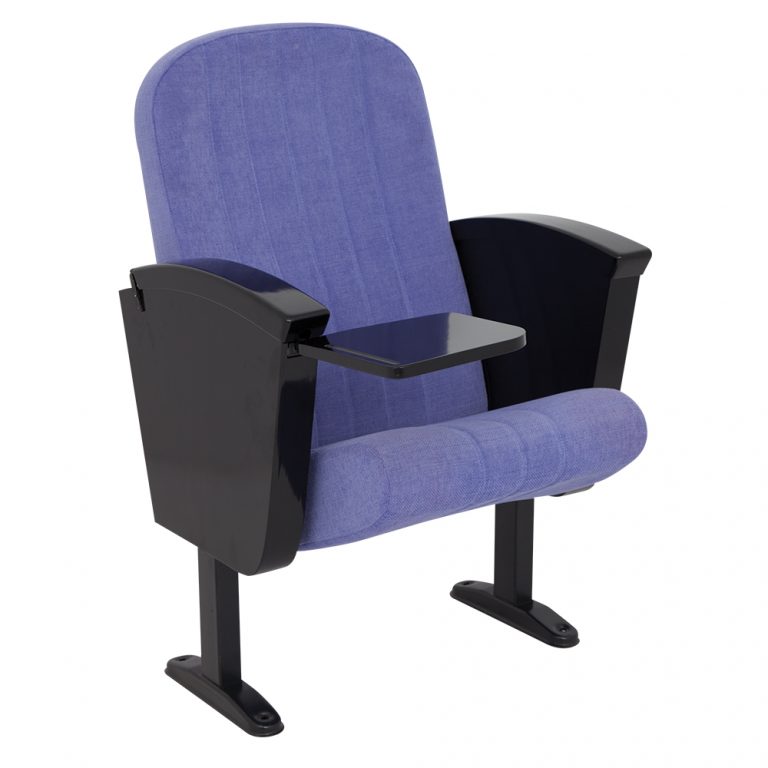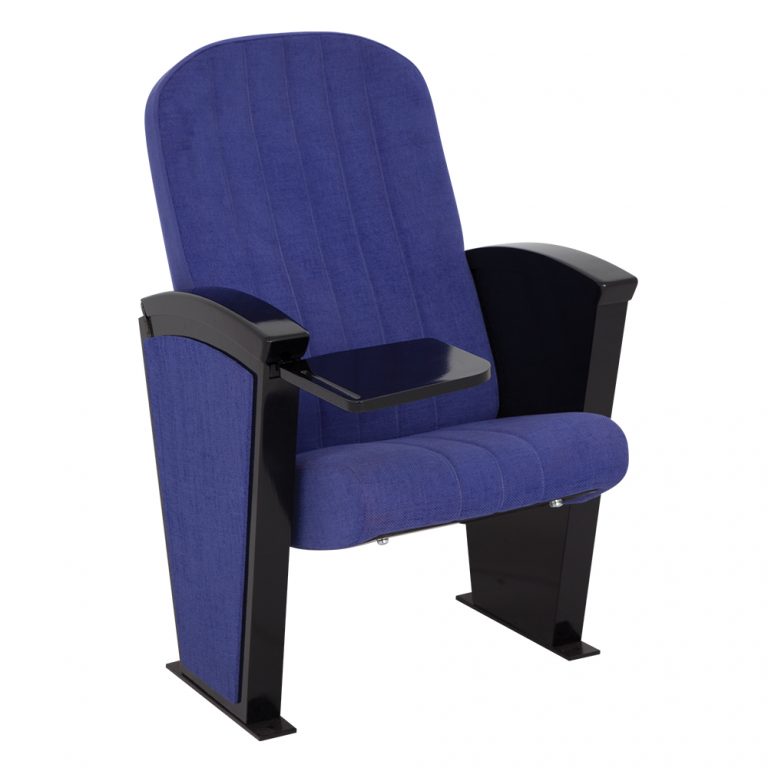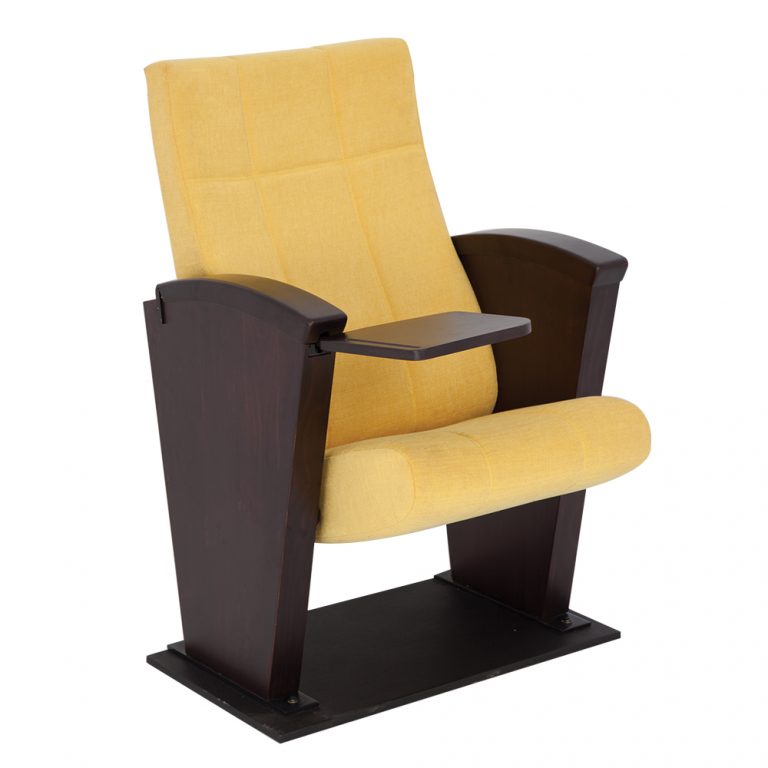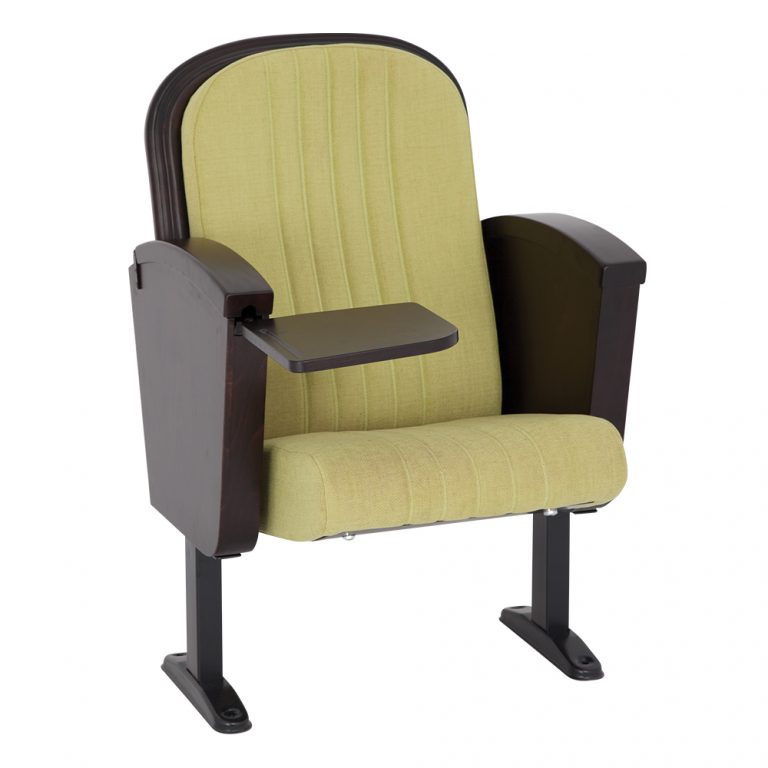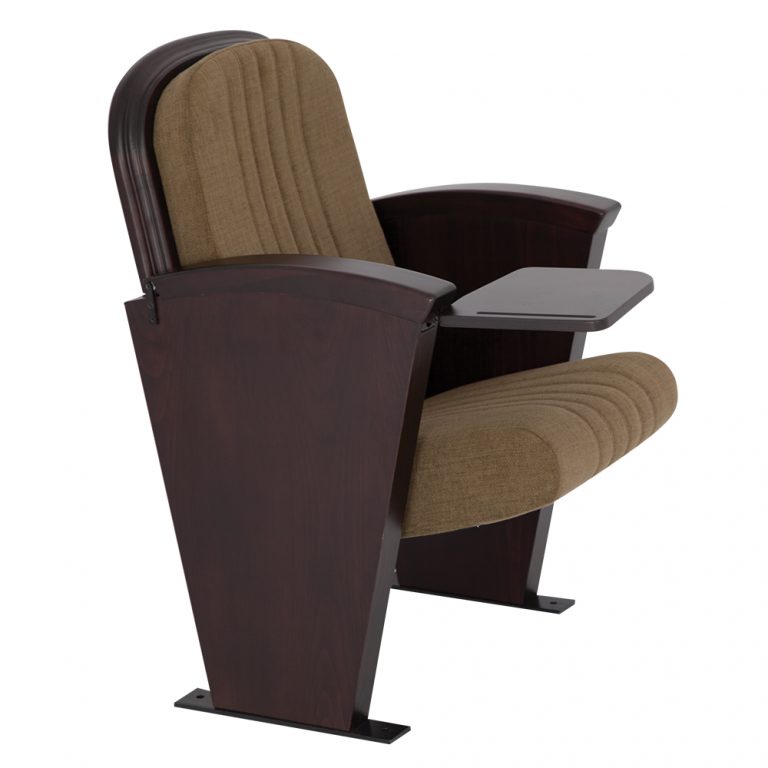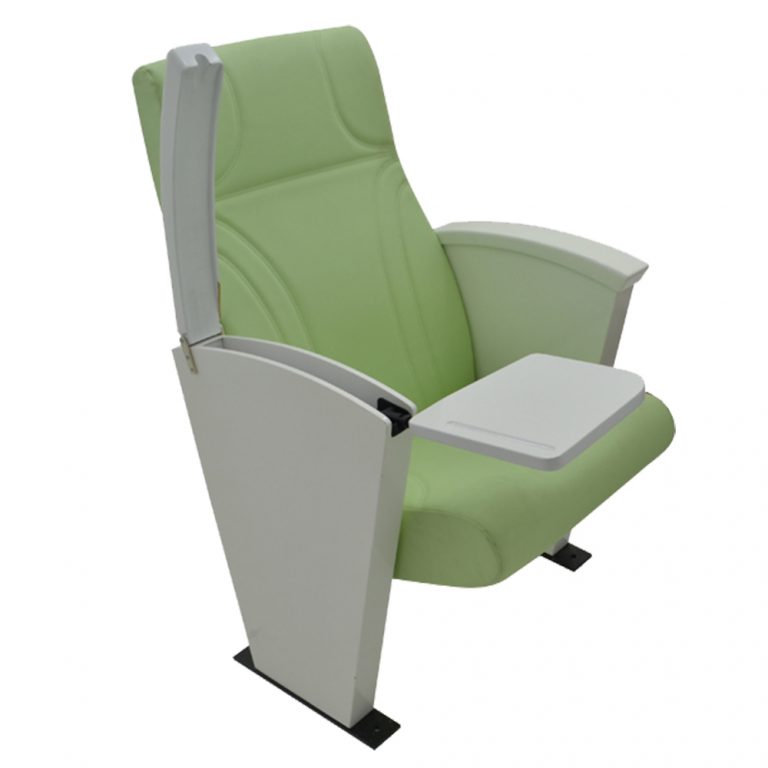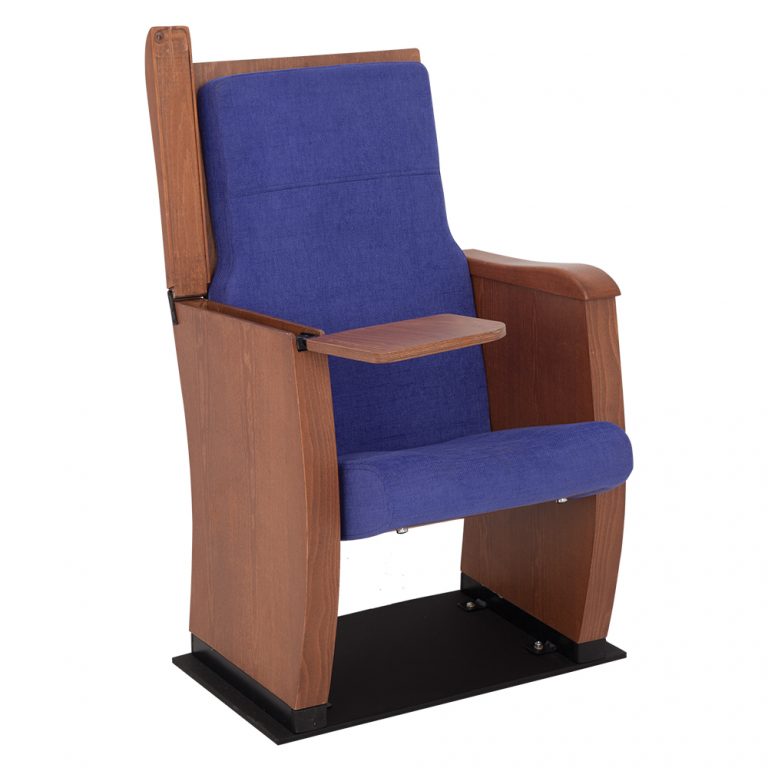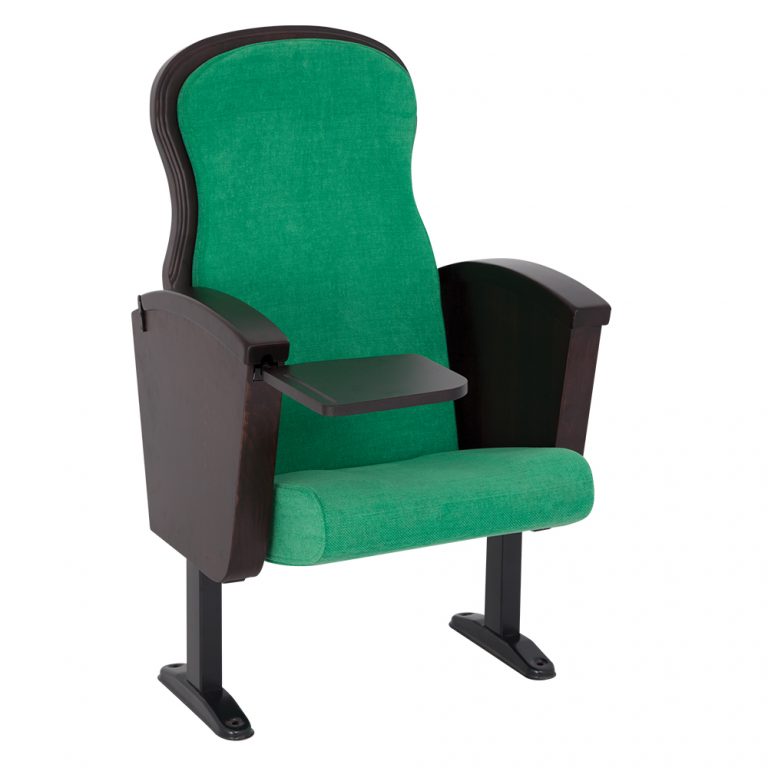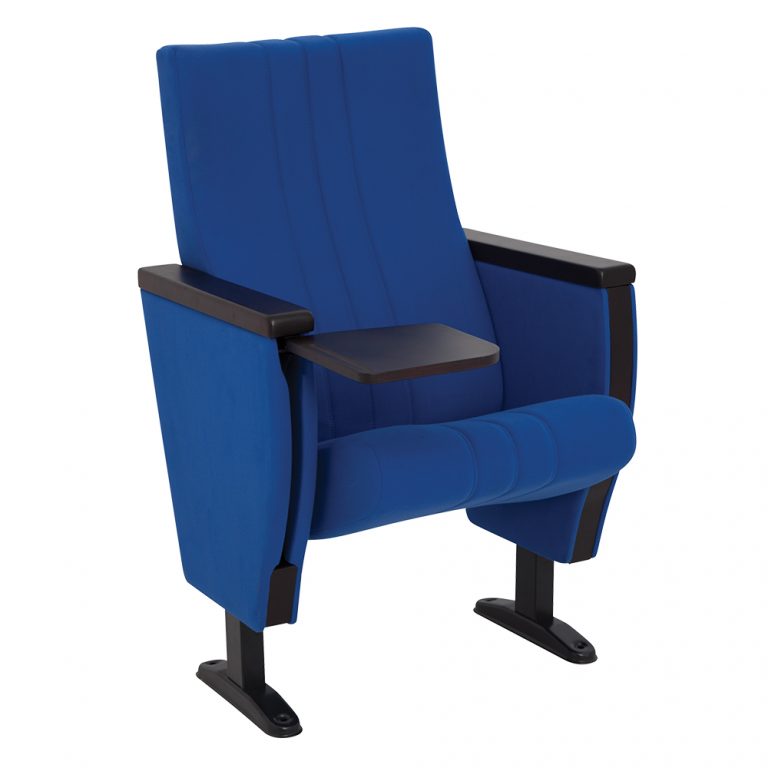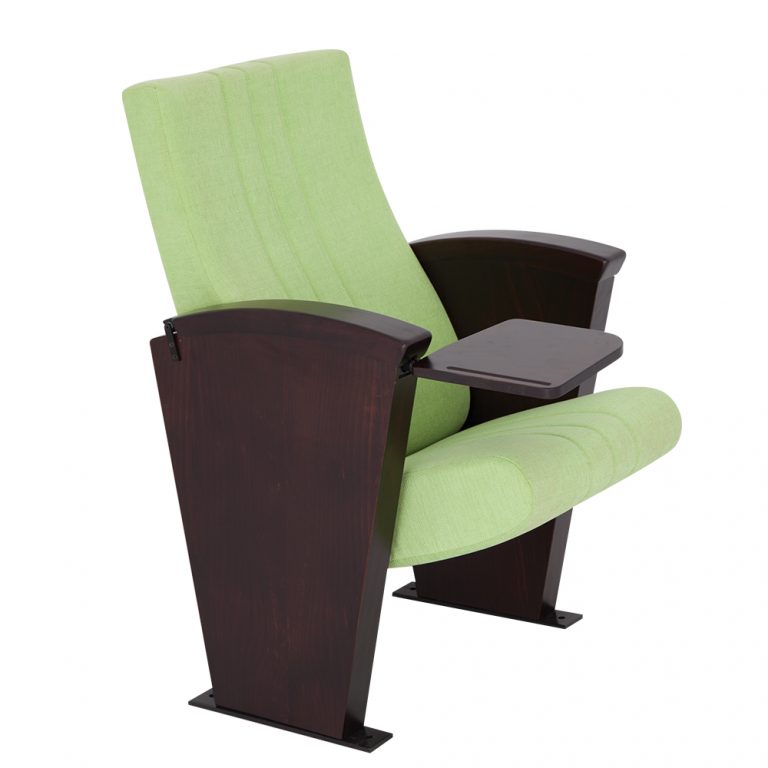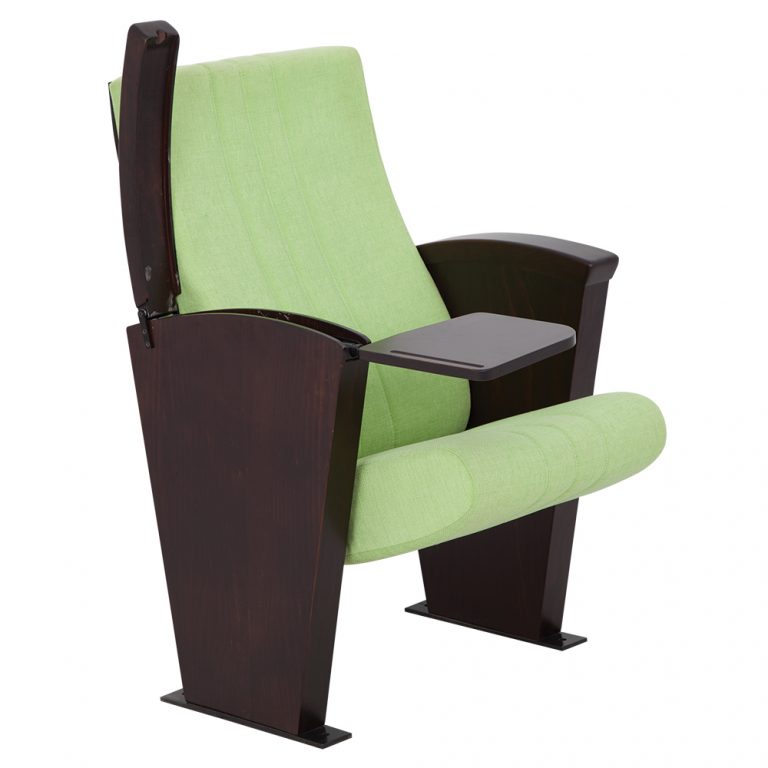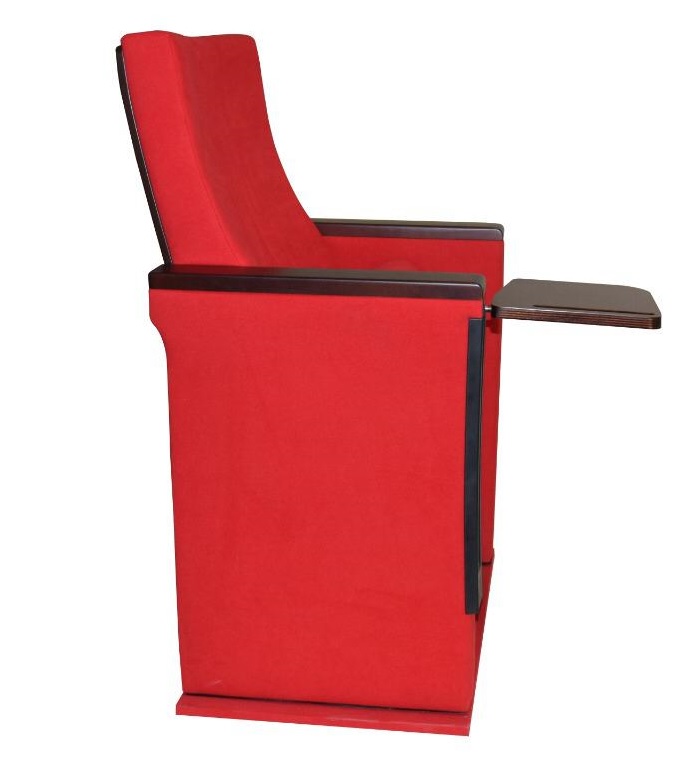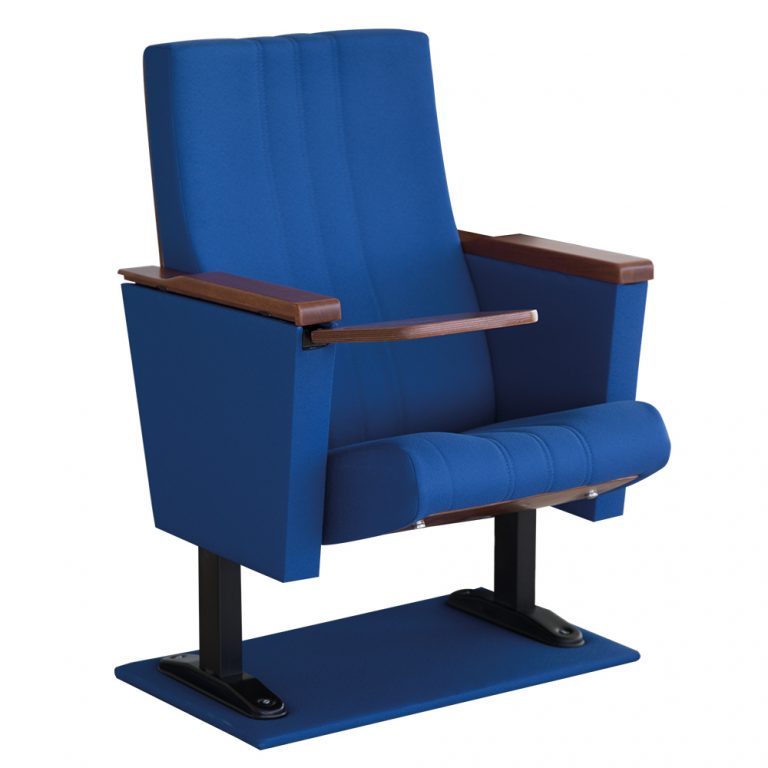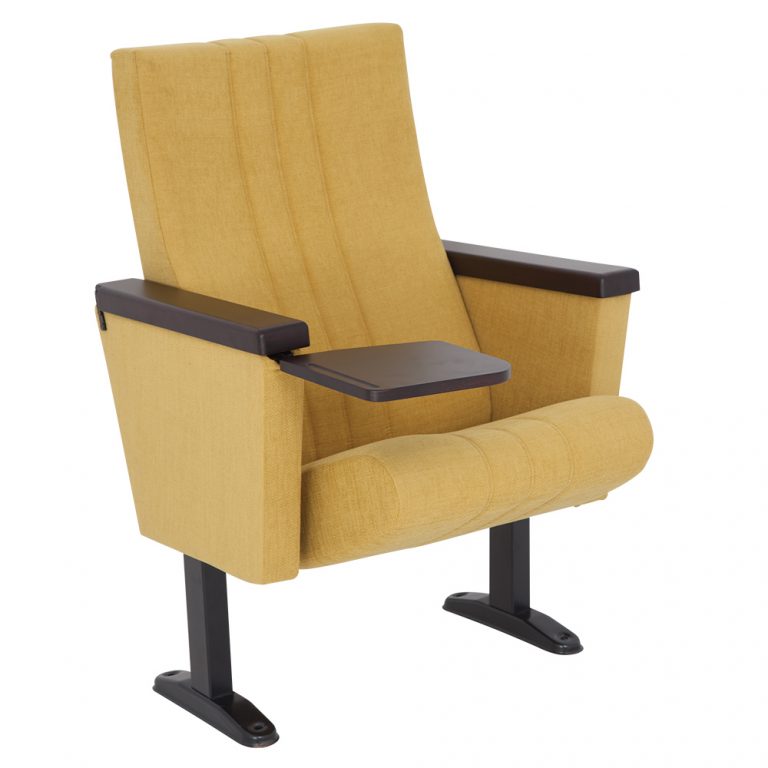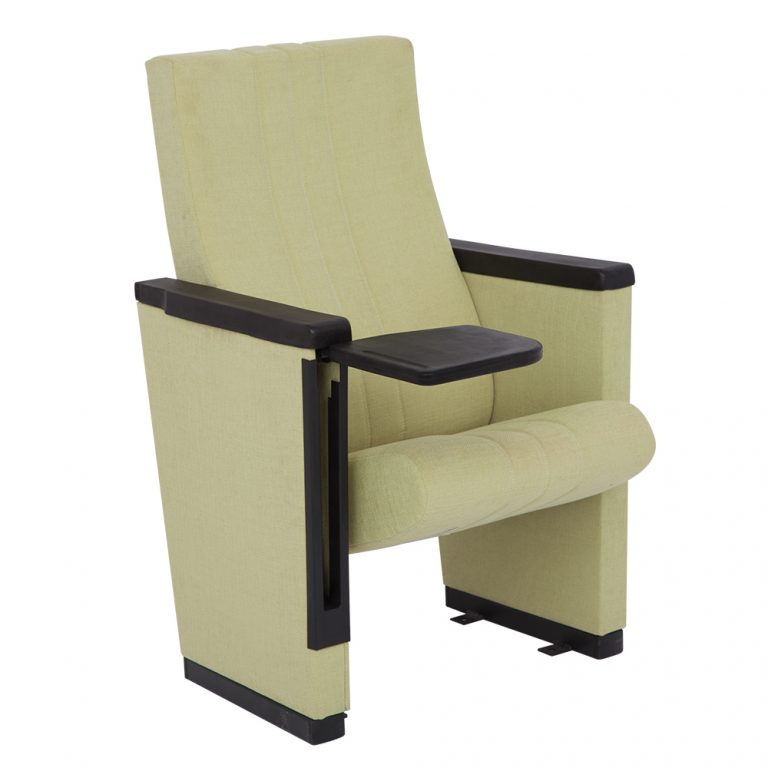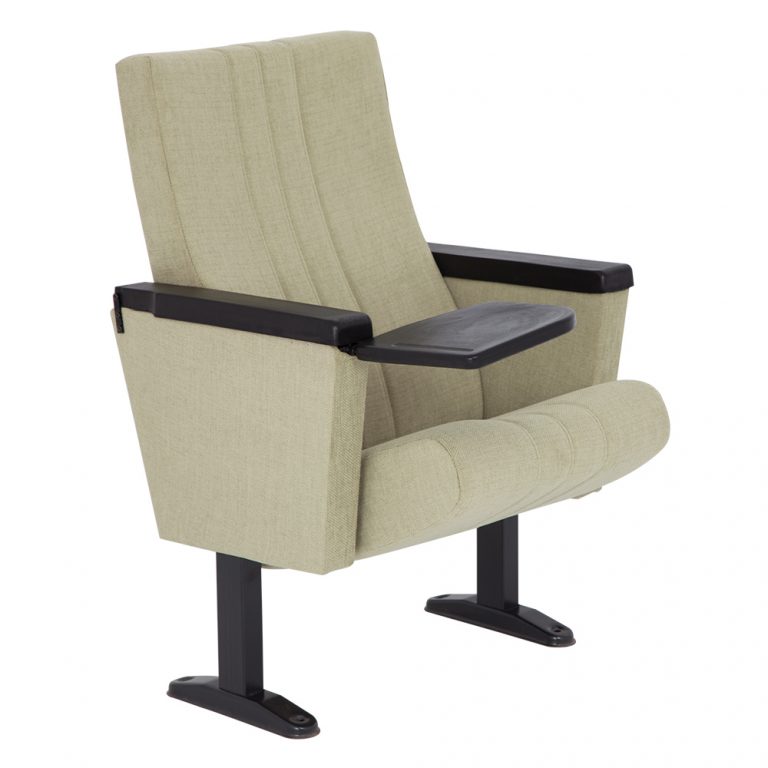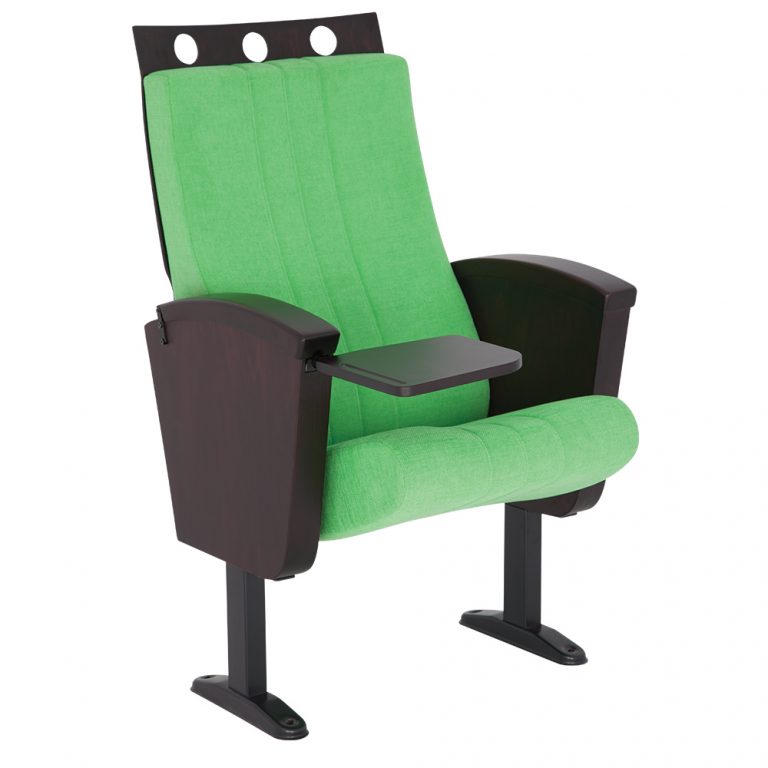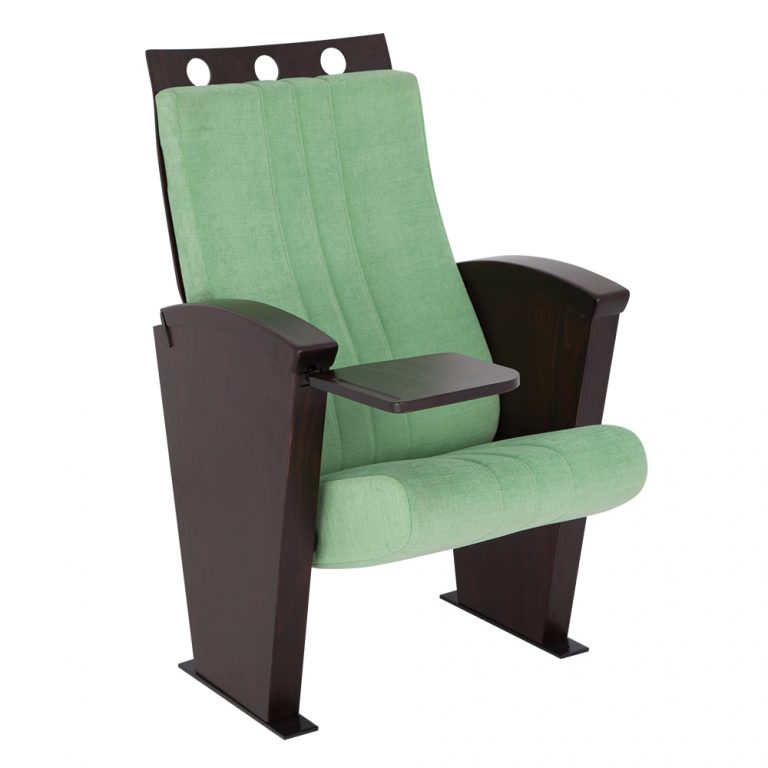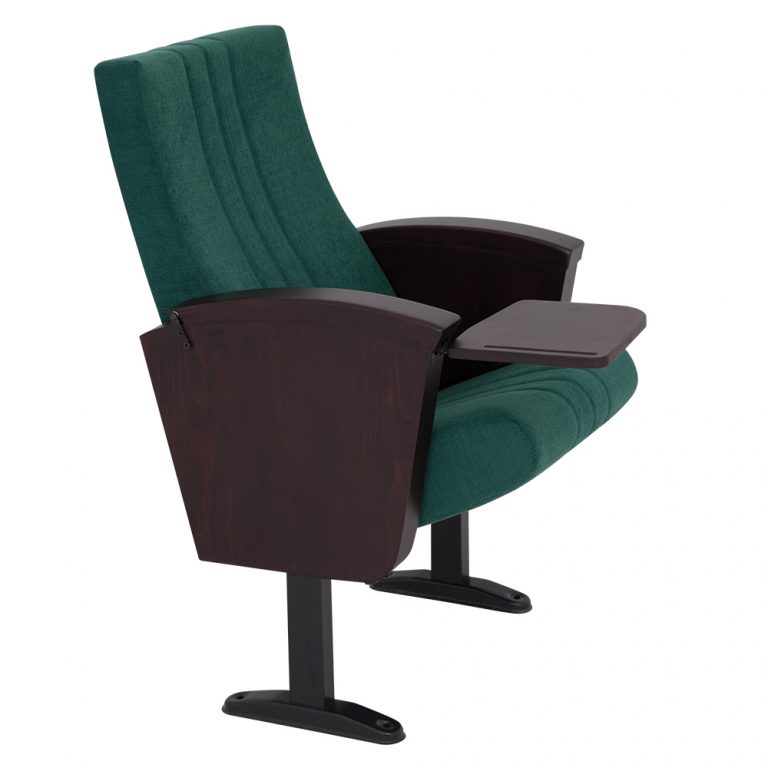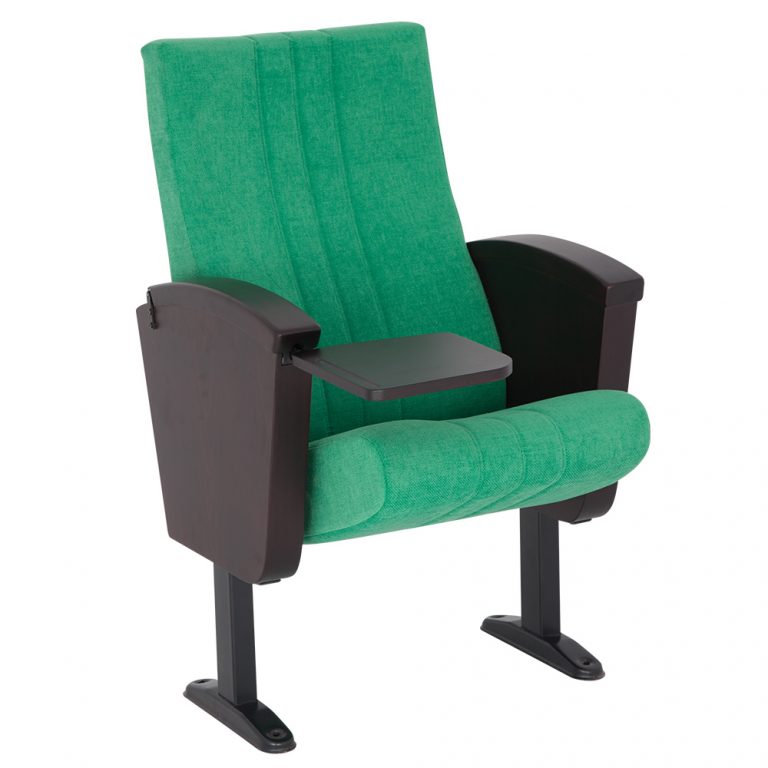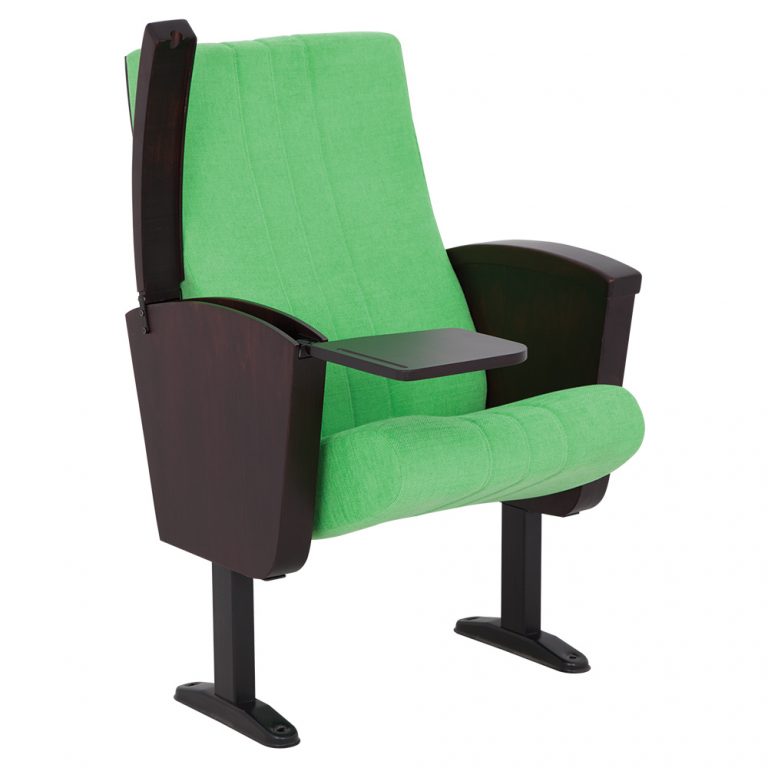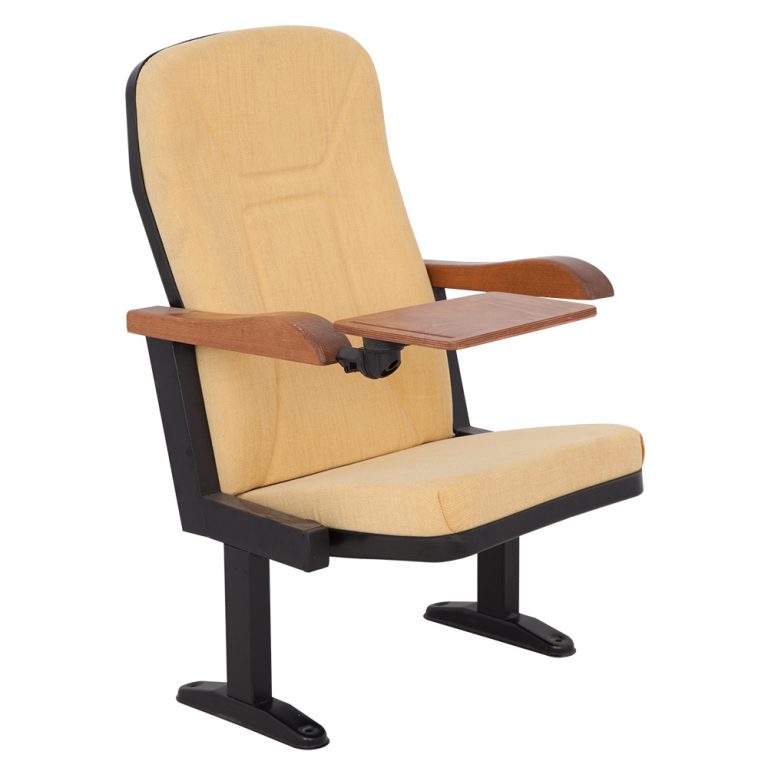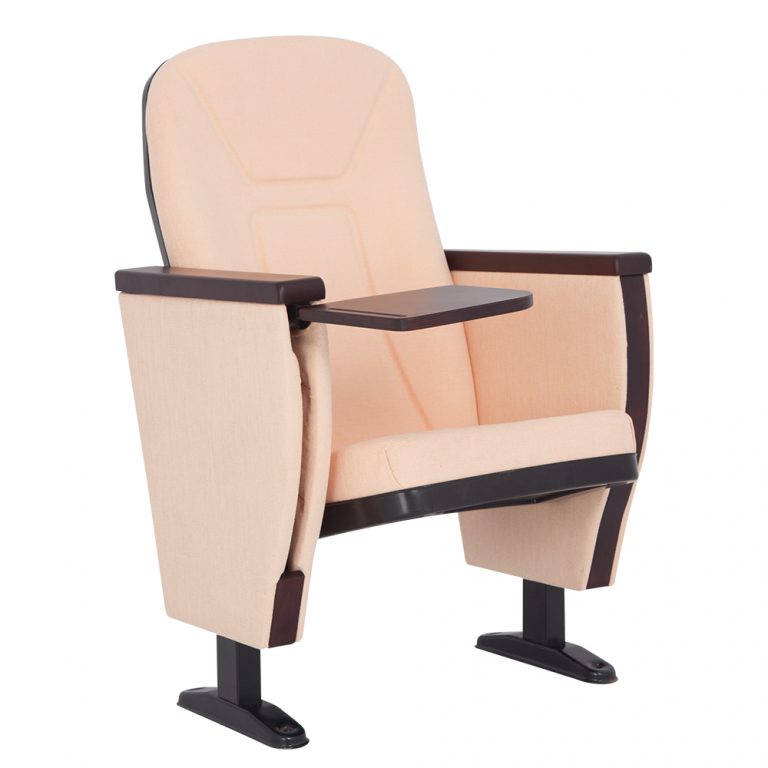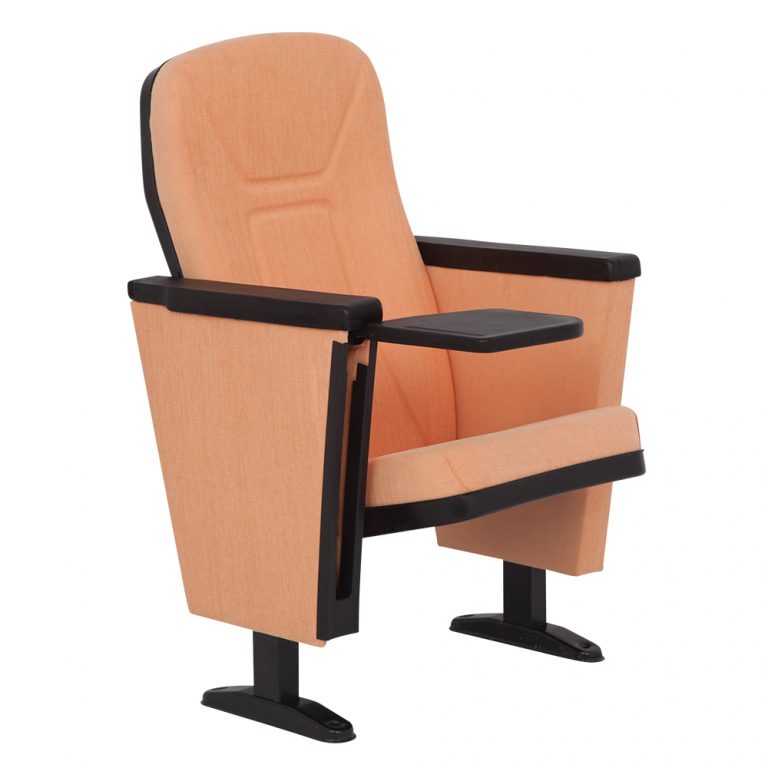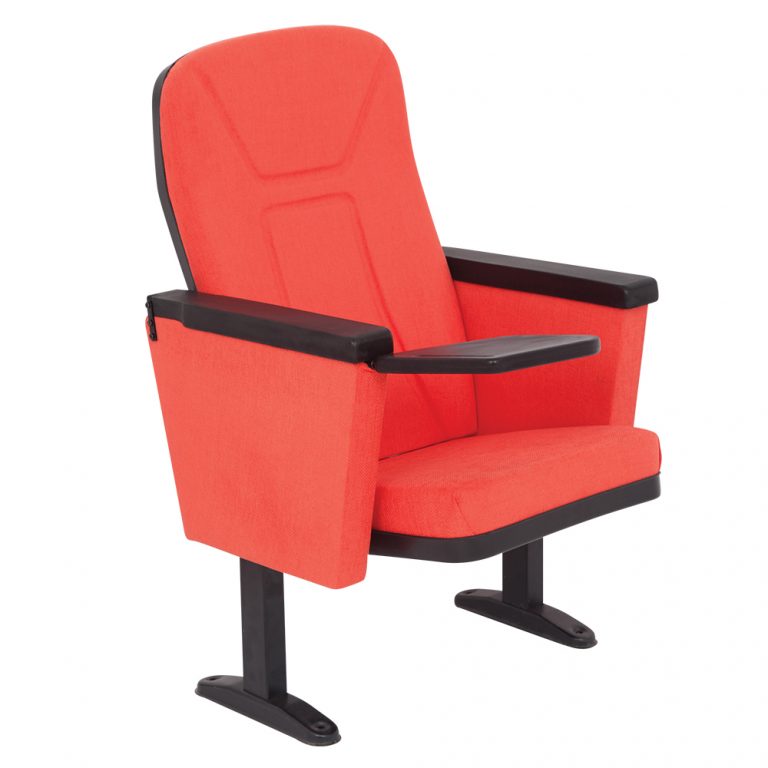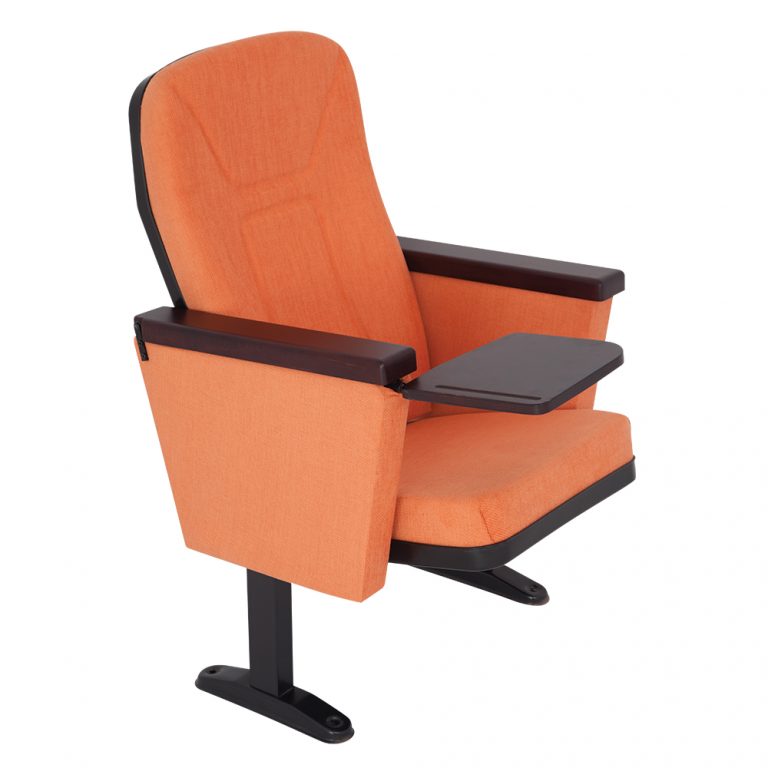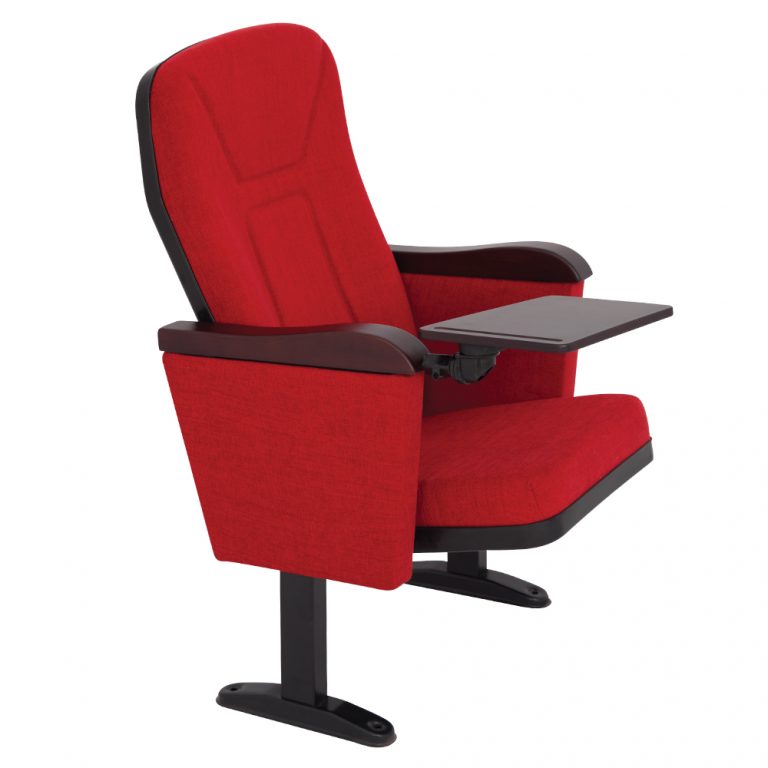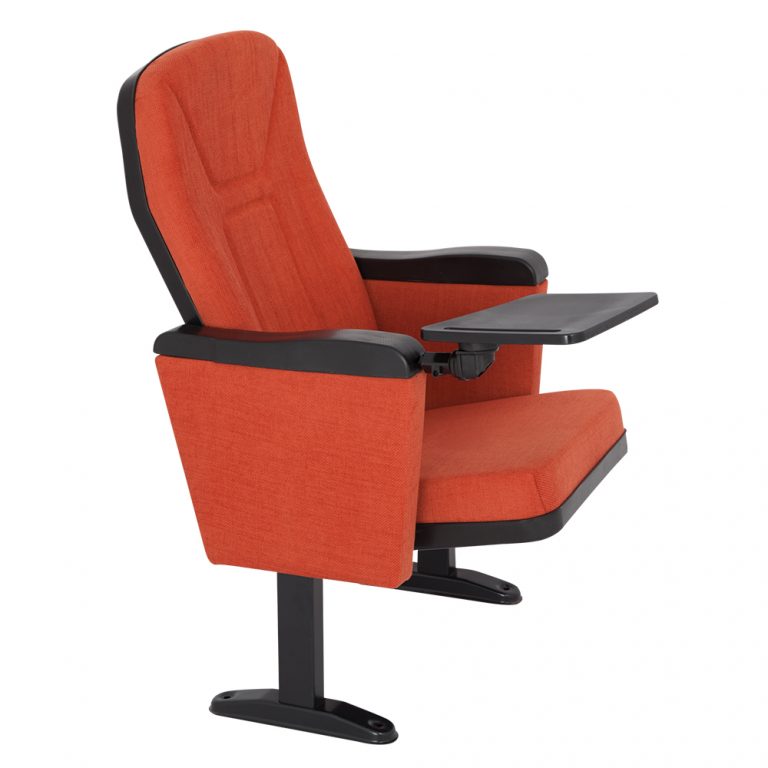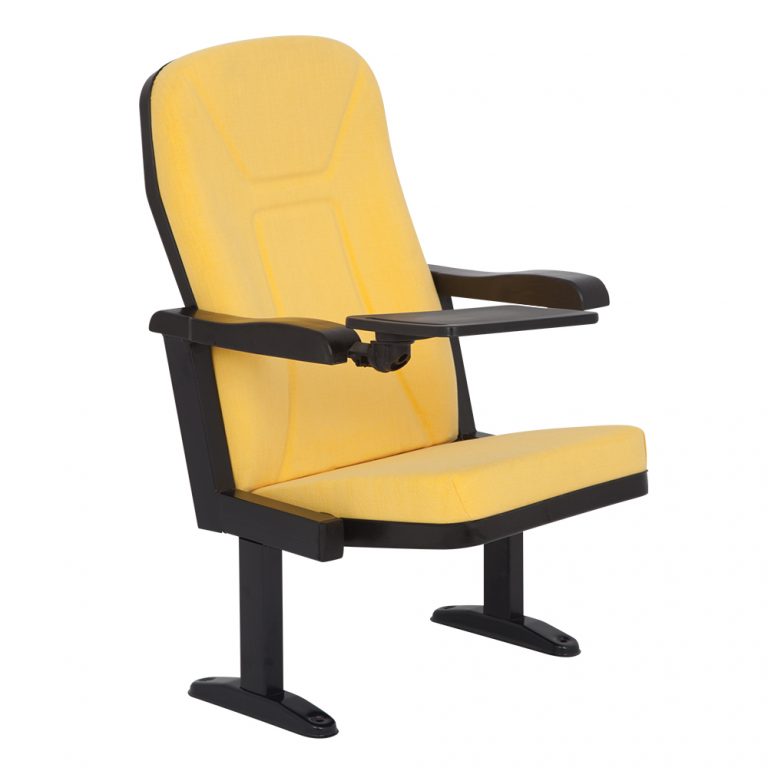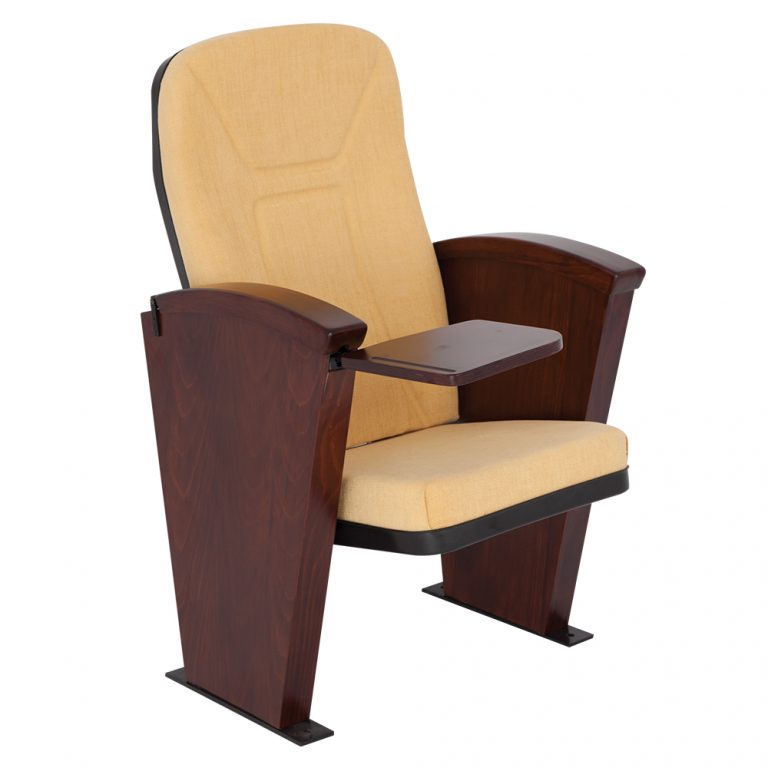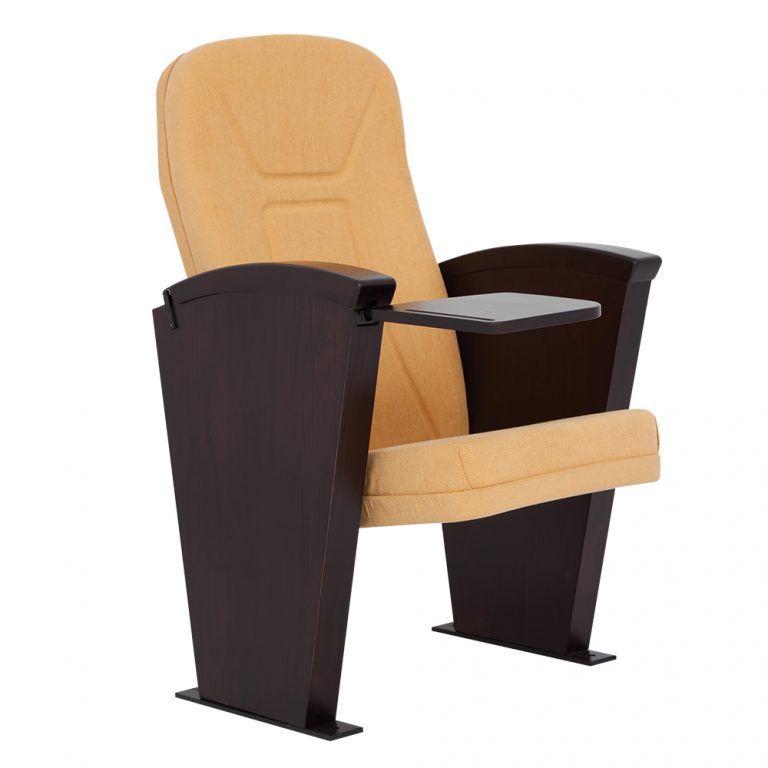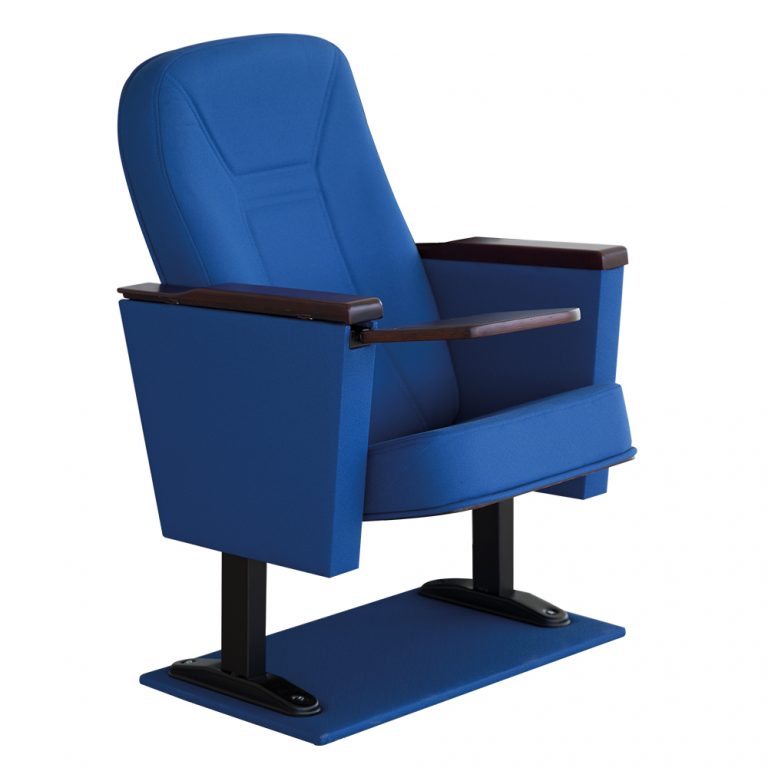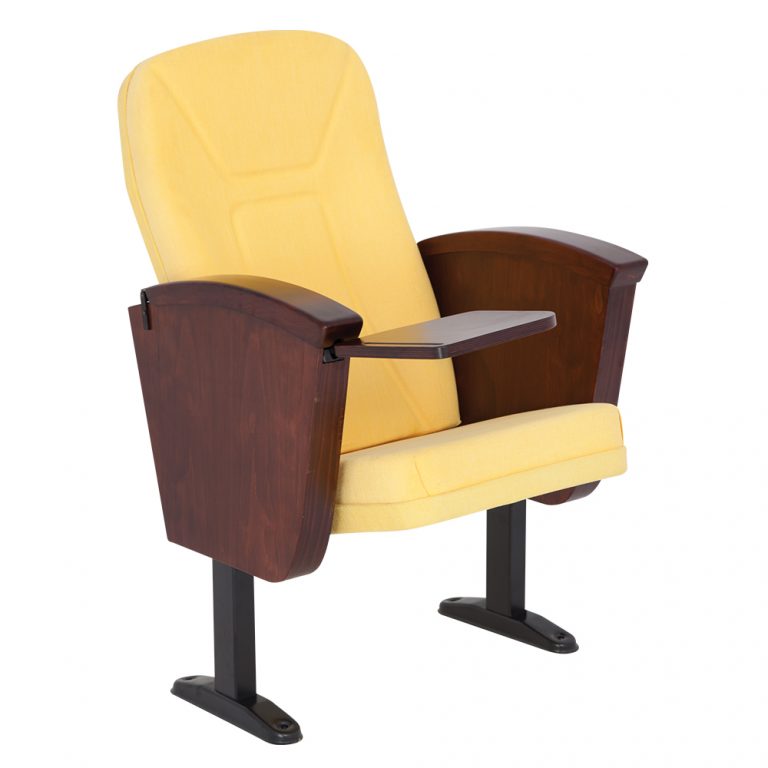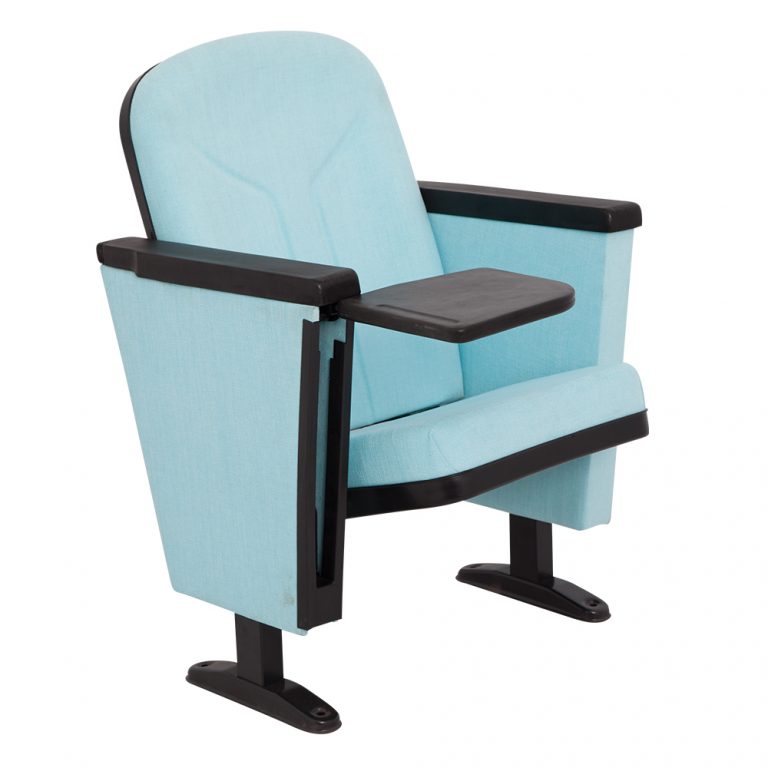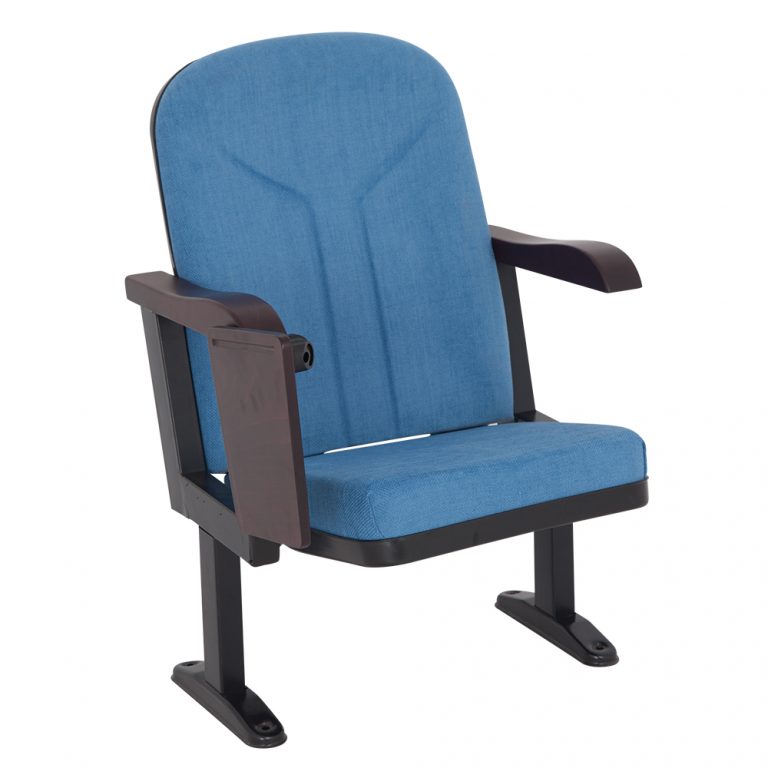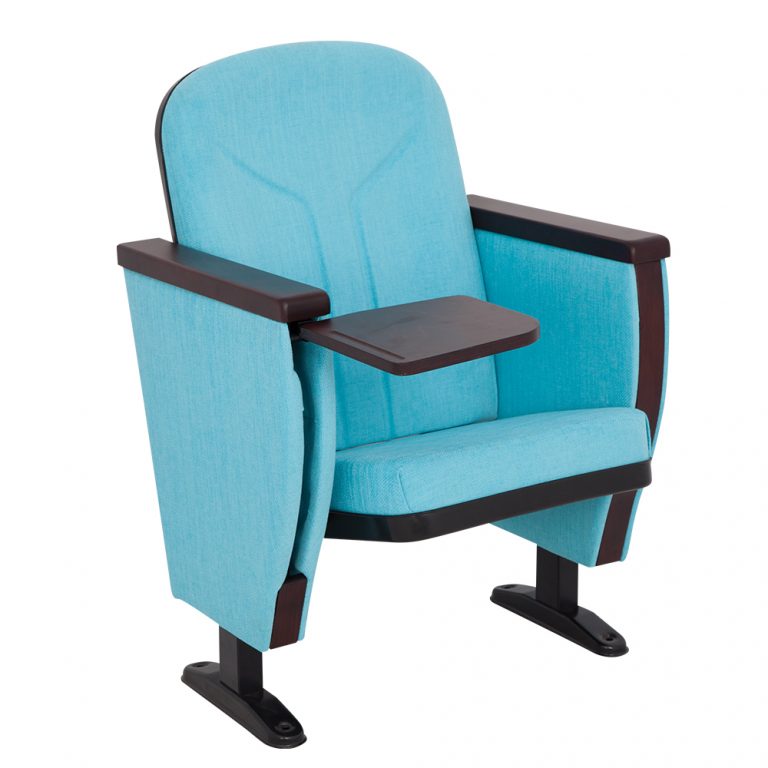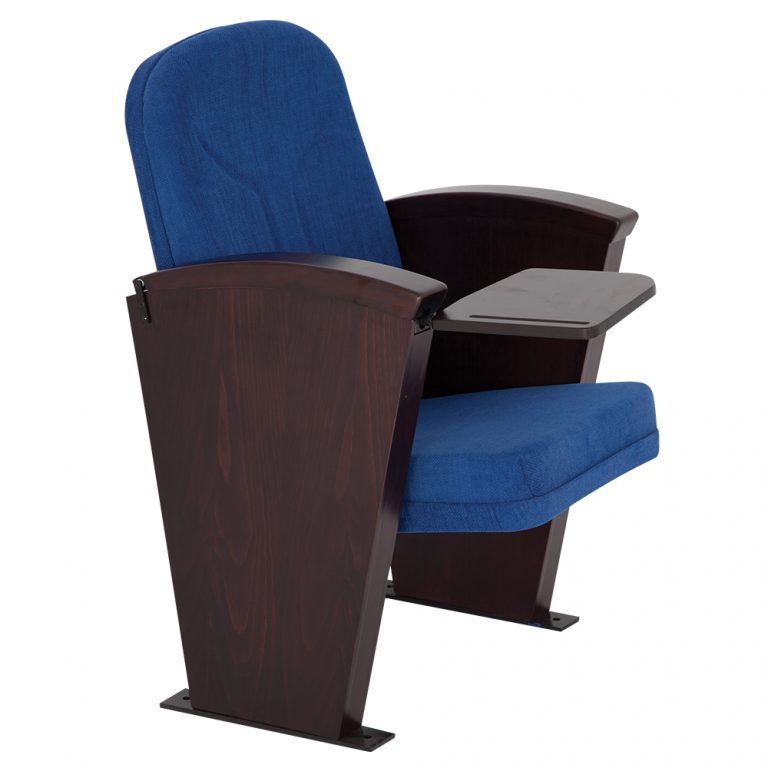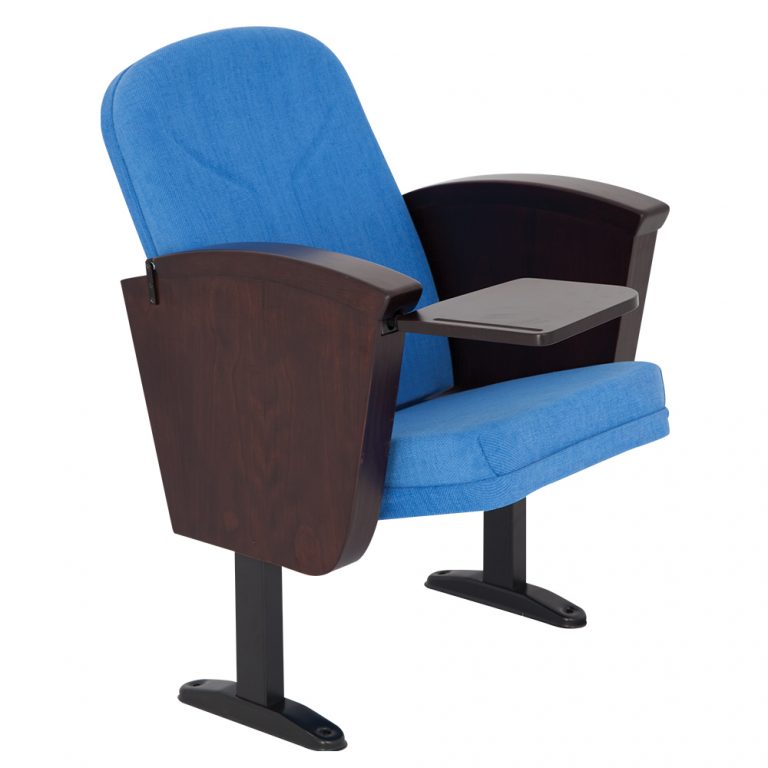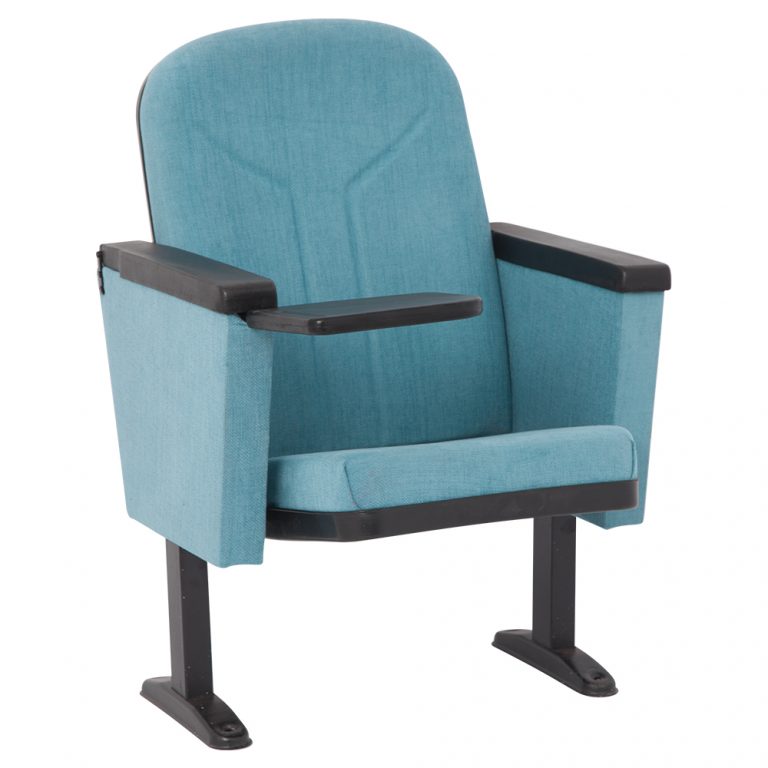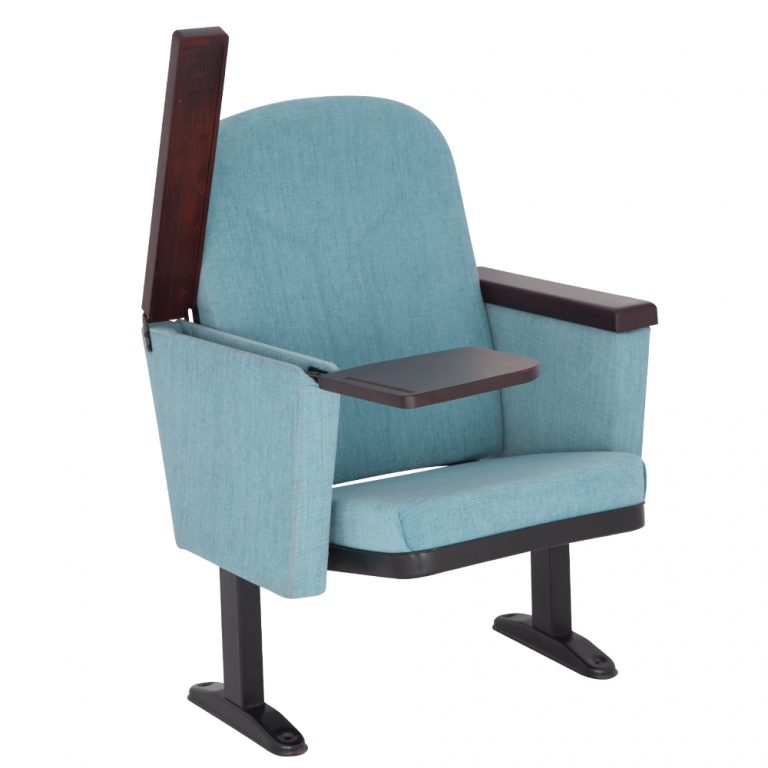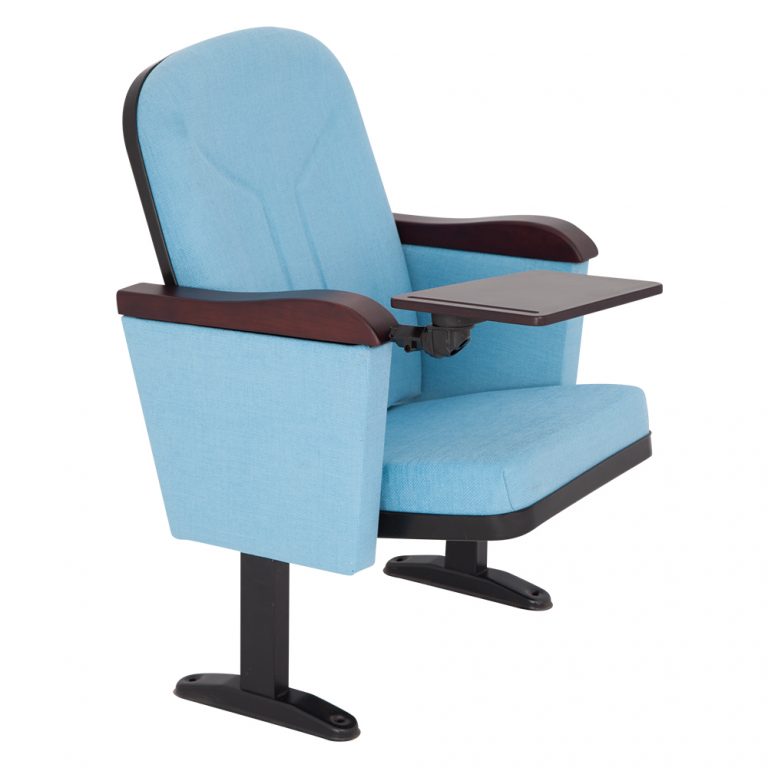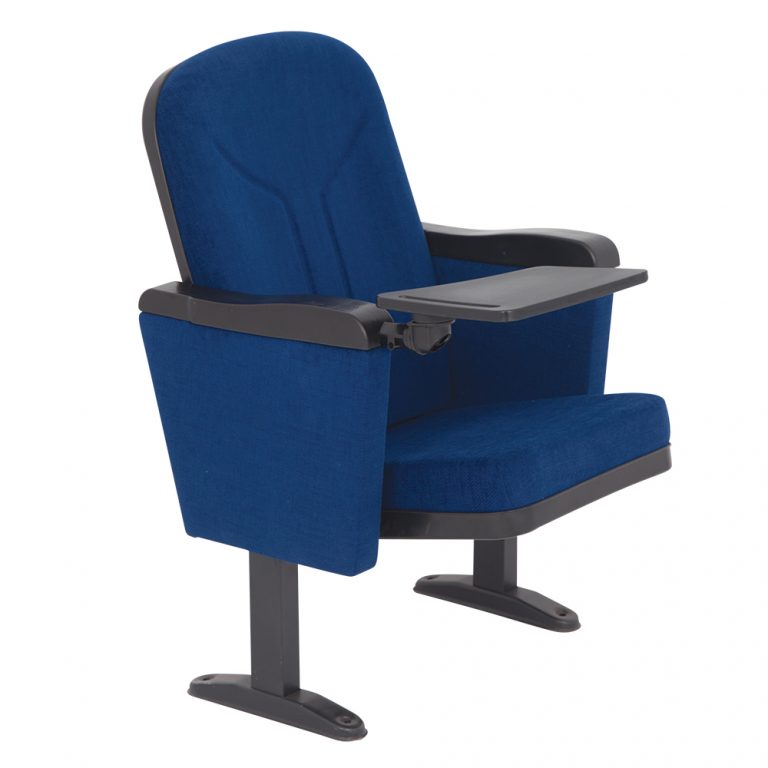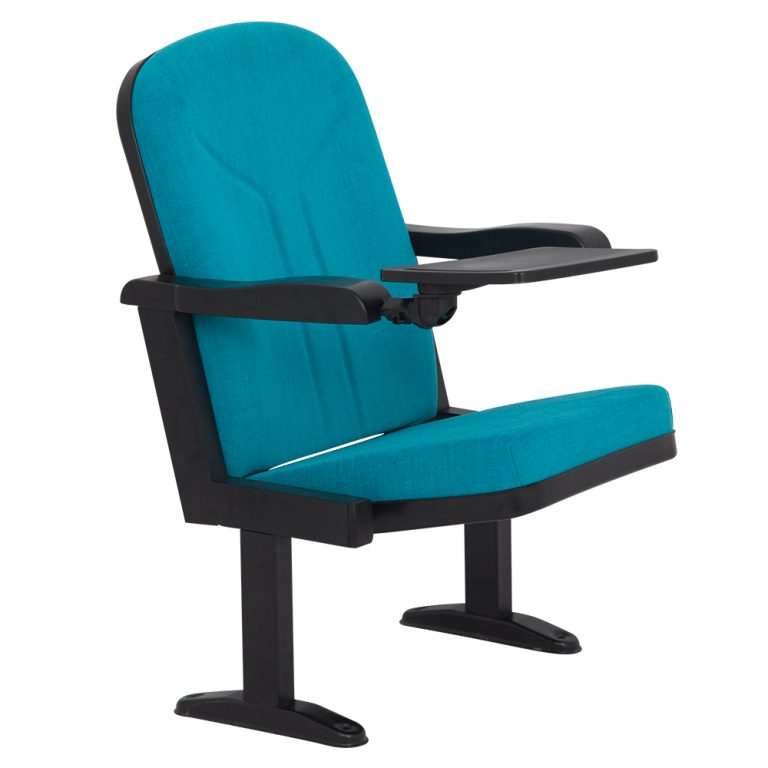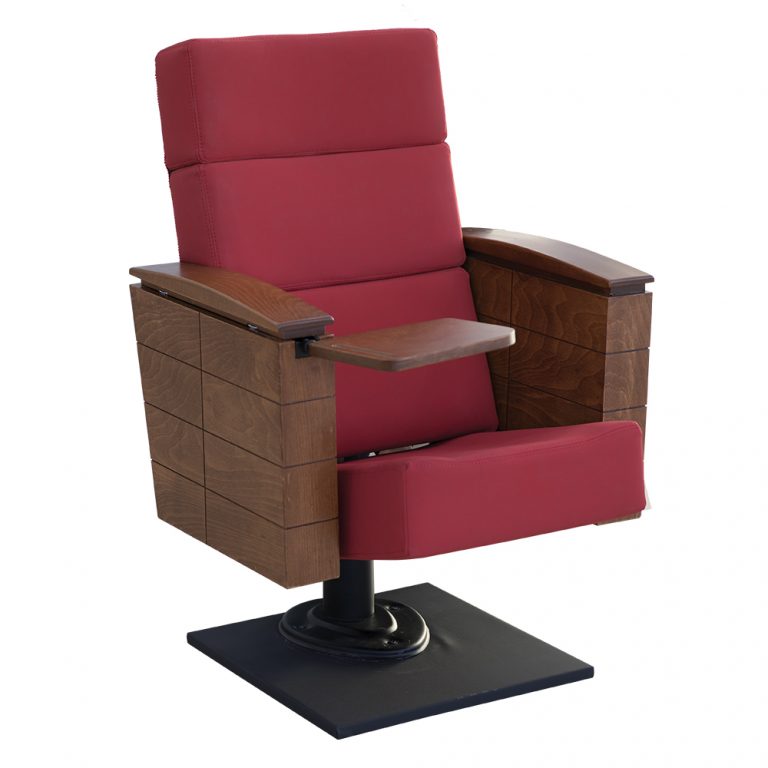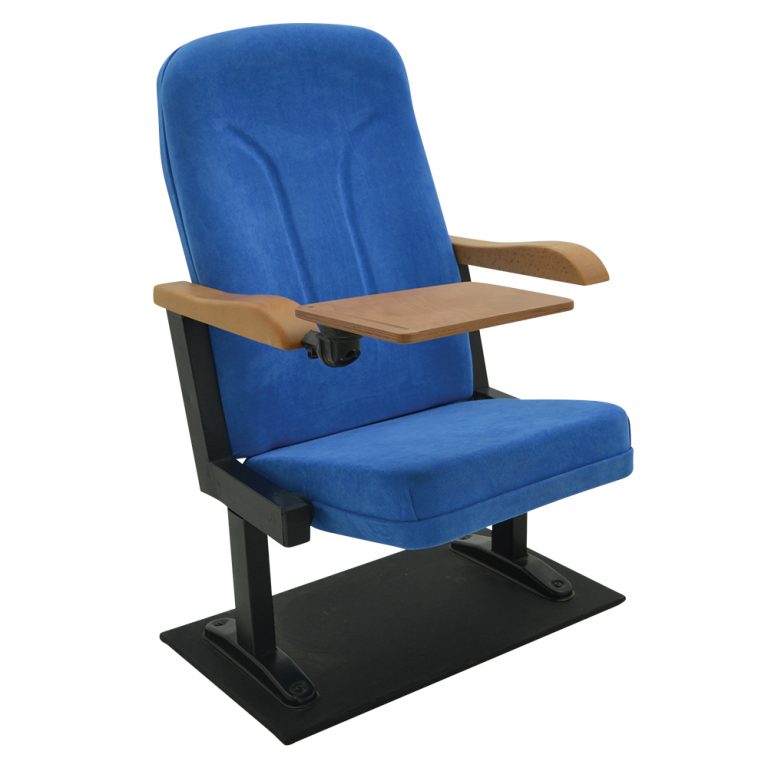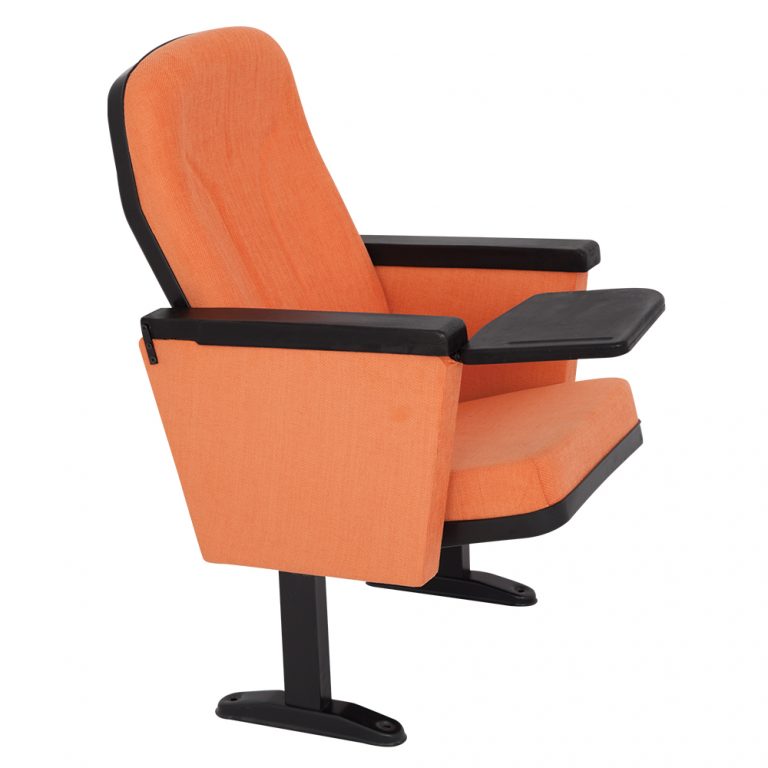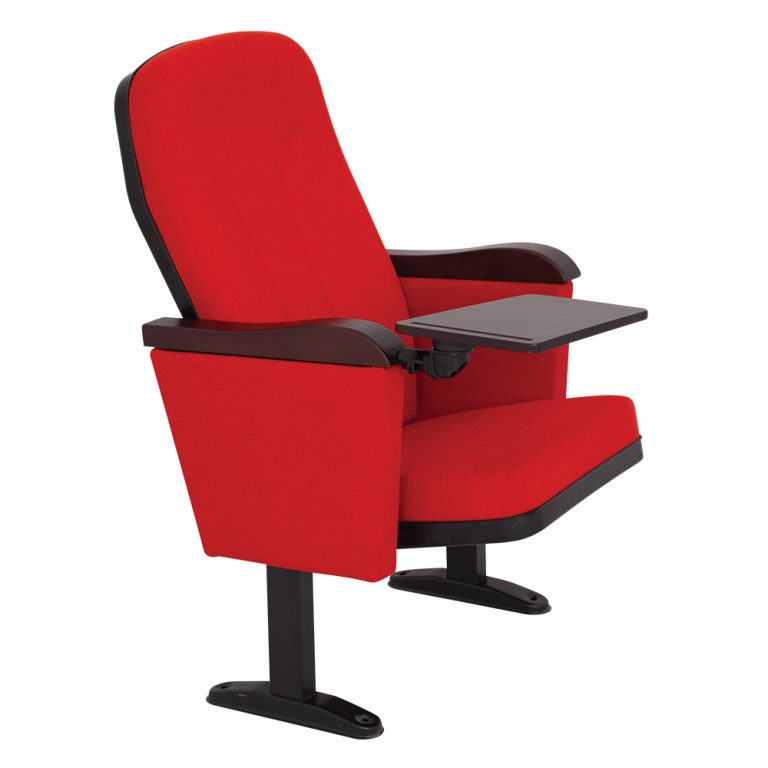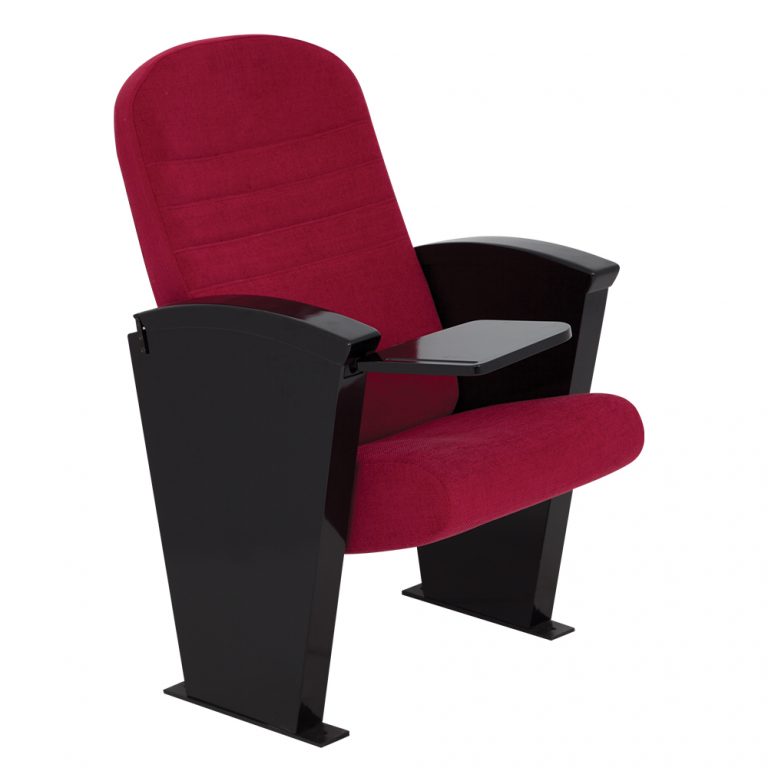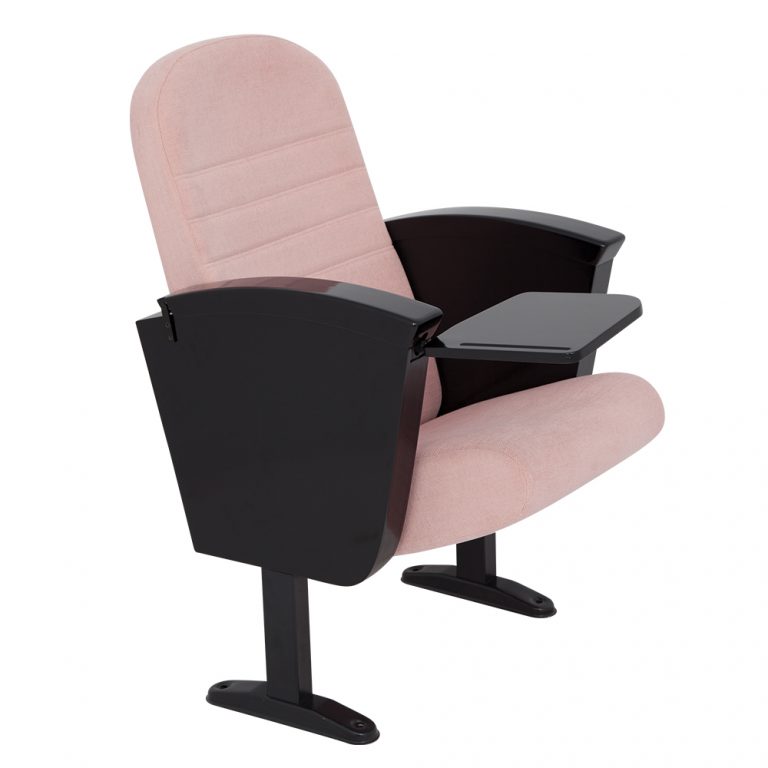Lecture Room Seating
Lecture room seating is an important factor that affects the comfort, productivity, and engagement of students and teachers. Lecture auditorium seats are designed to accommodate large numbers of people in a limited space, while providing optimal visibility, acoustics, and accessibility. However, not all lecture room seats are created equal. There are different types of lecture room seating that have different features, benefits, and drawbacks. In this article, we will explore some of the most common types of lecture room seating and how they can affect the learning environment.
Lecture Room Seats
Lecture room seats are the basic units of lecture room seating. They are usually arranged in rows or columns, facing the front of the room where the teacher or speaker is located. Lecture room seats can be made of various materials, such as wood, metal, plastic, or fabric. They can also have different shapes, sizes, colors, and styles. Some lecture room seats have additional features, such as armrests, cup holders, writing tablets, or power outlets.
The quality and comfort of lecture room seats can have a significant impact on the satisfaction and performance of the users. Comfortable lecture room seats can reduce fatigue, stress, and distraction, while enhancing concentration, motivation, and retention. On the other hand, uncomfortable lecture room seats can cause physical discomfort, such as back pain, neck strain, or leg cramps, as well as psychological discomfort, such as boredom, frustration, or anxiety. Therefore, it is important to choose lecture room seats that are ergonomic, durable, and suitable for the intended audience and purpose.
As leading lecture hall seats & amphitheater chairs manufacturer Seatment, we offer best seating solutions for your projects. You can reach us for more details and prices.
Lecture Hall Chairs Models
LET’S GET IN TOUCH
Lecture Hall Seating
Lecture hall seating is a type of lecture room seating that is used in large venues, such as auditoriums, theaters, or stadiums. Lecture hall seating can accommodate hundreds or thousands of people, depending on the size and layout of the venue. Lecture hall seating is usually fixed, meaning that the seats are permanently attached to the floor or the wall. Lecture hall seating can also be tiered, meaning that the seats are arranged in ascending levels, creating a slope or a curve.
The main advantage of lecture hall seating is that it can maximize the capacity and efficiency of the space, while providing a clear and unobstructed view of the stage or screen. Lecture hall seating can also create a sense of unity and immersion among the audience, enhancing the atmosphere and the impact of the presentation. However, lecture hall seating also has some disadvantages, such as limited mobility, flexibility, and interaction. Lecture hall seating can make it difficult for the users to move around, change their position, or communicate with each other. Lecture hall seating can also make it challenging for the teacher or speaker to monitor, engage, or interact with the audience, especially those who are far away or in the corners.
Fixed Lecture Room Chairs
Fixed lecture room chairs are a type of lecture room seating that are similar to lecture hall seating, but are used in smaller venues, such as classrooms, seminar rooms, or conference rooms. Fixed lecture room chairs are also fixed and tiered, but they have fewer seats and less slope or curve. Fixed lecture room chairs are usually equipped with writing tablets, which are foldable or retractable surfaces that can be used for taking notes, writing exams, or using laptops. Fixed lecture room chairs can also have other features, such as swivel, recline, or adjust functions.
The main benefit of fixed lecture room chairs is that they can provide a stable and comfortable work surface for the users, while maintaining a neat and orderly appearance of the room. Fixed lecture room chairs can also facilitate the focus and attention of the users, as they are less likely to be distracted by their surroundings or their neighbors. However, fixed lecture room chairs also have some drawbacks, such as reduced flexibility, versatility, and collaboration. Fixed lecture room chairs can limit the options and possibilities of the room layout, as they cannot be moved, rearranged, or reconfigured. Fixed lecture room chairs can also hinder the creativity and cooperation of the users, as they cannot easily form groups, exchange ideas, or share resources.


